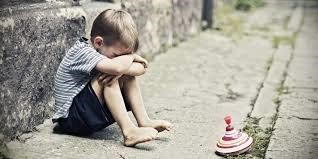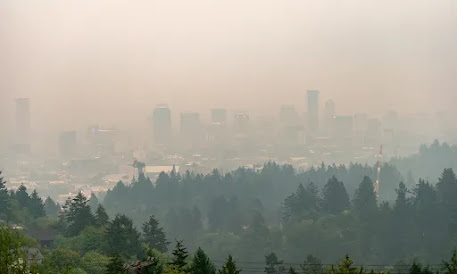Deinstitutionalization, Mental Illness, and Homelessness

Deinstitutionalization, Mental Illness, and Homelessness by Matthew Little The homeless issue in America is prevalent in every major and minor city in the country. As of 2020, 0.2% of citizens in America are living on the street without shelter. 0.2% may not seem like a large amount, but when the total is condensed and localized to cities, 6.6 million people becomes a much bigger statistic. The public view of the homeless population is largely negative; common beliefs are that the homeless are actively neglecting to find work, or will use any money given to them for alcohol or other substances. But something many people aren't aware of are the amount of homeless people who suffer from mental illnesses and have nowhere to go for treatment. In a 2019 study, about 38.5% of homeless people in Portland alone suffer from an untreated mental illness. That amount is so large because of our country's deinstitutionalization. Deinstitutionalization is the process of replacing p...



